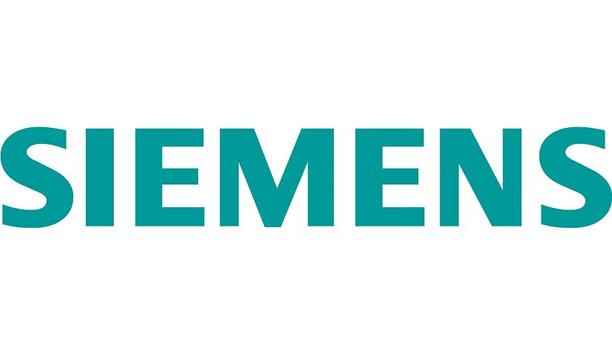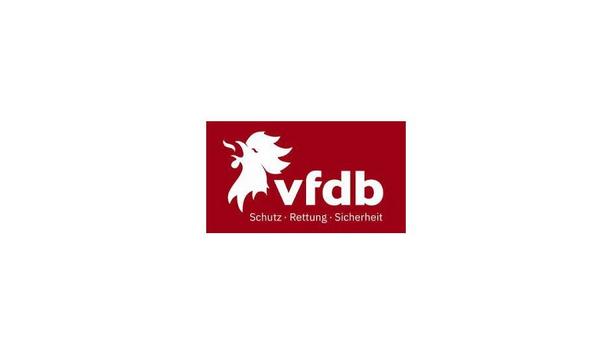In the recently published Fire and rescue incident statistics (England) it is documented that in the year ending June 2020 “FRSs attended 231,510 fire false alarms, a one percent increase with the previous year (229,961), a seven percent increase compared with five years ago (215,857) and a 19 percent decrease compared with ten years ago (285,368).”
While the information published does note that “the number of fire false alarms attended by fire and rescue services in England was on a general downward trajectory” since a peak in 2001/02 it adds “The proportion of incidents that were fire false alarms has been relatively stable over the past decade, varying between 40 and 44 percent.”
BRE Paper Live investigations
In England for the year ending June 2020, 42% of FRS incidents were fire false alarms
In England for the year ending June 2020, 42% of FRS incidents were fire false alarms. The largest part of this was 'due to apparatus,' i.e., “calls are where a fire alarm or fire-fighting equipment operate (including accidental initiation by persons) in error.”
In the BAFE-supported BRE Briefing Paper Live investigations of false fire alarms, research “aimed to identify the fundamental causes of false fire alarms, utilizing a fire alarm industry expert to investigate false alarms as they occurred in the field in the greater Glasgow area.”
BAFE SP203-1 Scheme
Within the multiple findings and recommendations to reduce fire false alarms, it concluded that “a number of key issues identified from this research project have highlighted the fact that the manner in which Fire Detection and Fire Alarm Systems are procured and maintained often results in major areas of non-compliance with BS 5839-1*, including non-compliances that might create the potential for false alarms.”
Fire safety service providers are assessed by UKAS Accredited Certification Bodies to the requirements
The BAFE SP203-1 Scheme covers the Design, Installation, Commissioning, and Maintenance of Fire Detection and Fire Alarm Systems. Fire safety service providers are assessed by UKAS Accredited Certification Bodies to the requirements of the BAFE SP203-1 Scheme to achieve independent evidence of competency to deliver these services.
Author's quote
Stephen Adams, Chief Executive of BAFE, commented: “Within the requirements of the BAFE SP203-1 Scheme is the compliance with best working practice, which includes working to BS 5839-1 as noted in the BRE paper. False alarms ‘due to apparatus’ should not be this high, it causes additional cost to the Fire and Rescue Service where going forward budgets will be tighter than usual due to current events."
He adds, "The best way to provide a safe building, where false alarms will be minimized and real fires will activate alarms as early as possible, is to specify competent providers to install and maintain these life safety systems. Competency is a big topic within the industry, and we believe UKAS Accredited Third-Party Certification is the best method of determining this.”

















